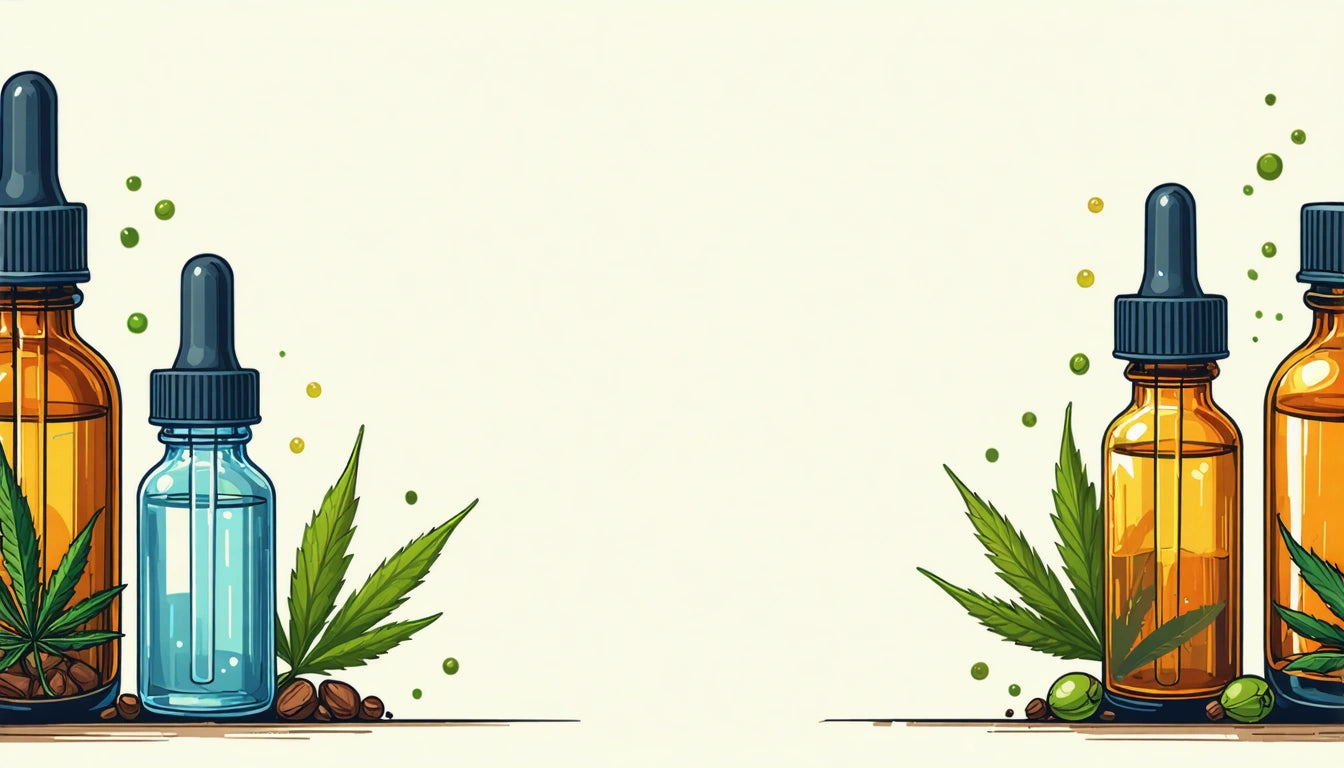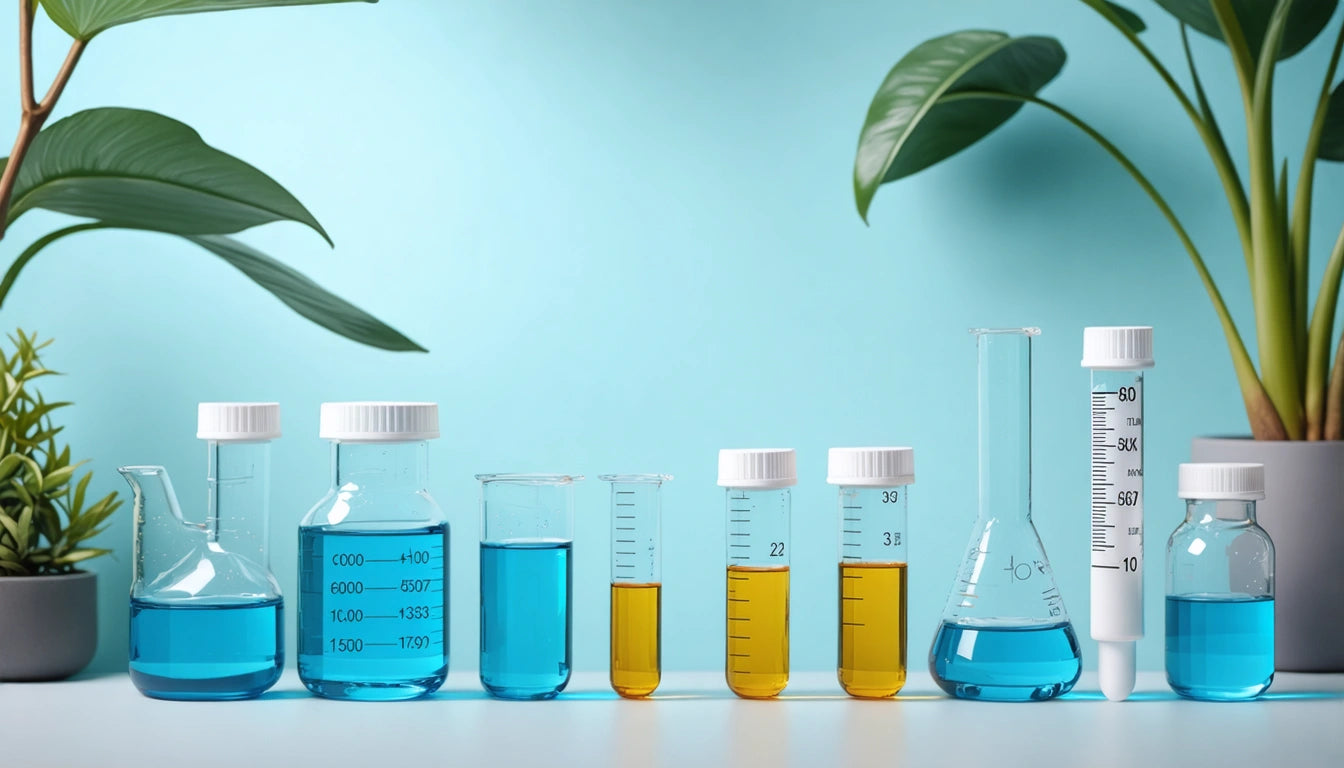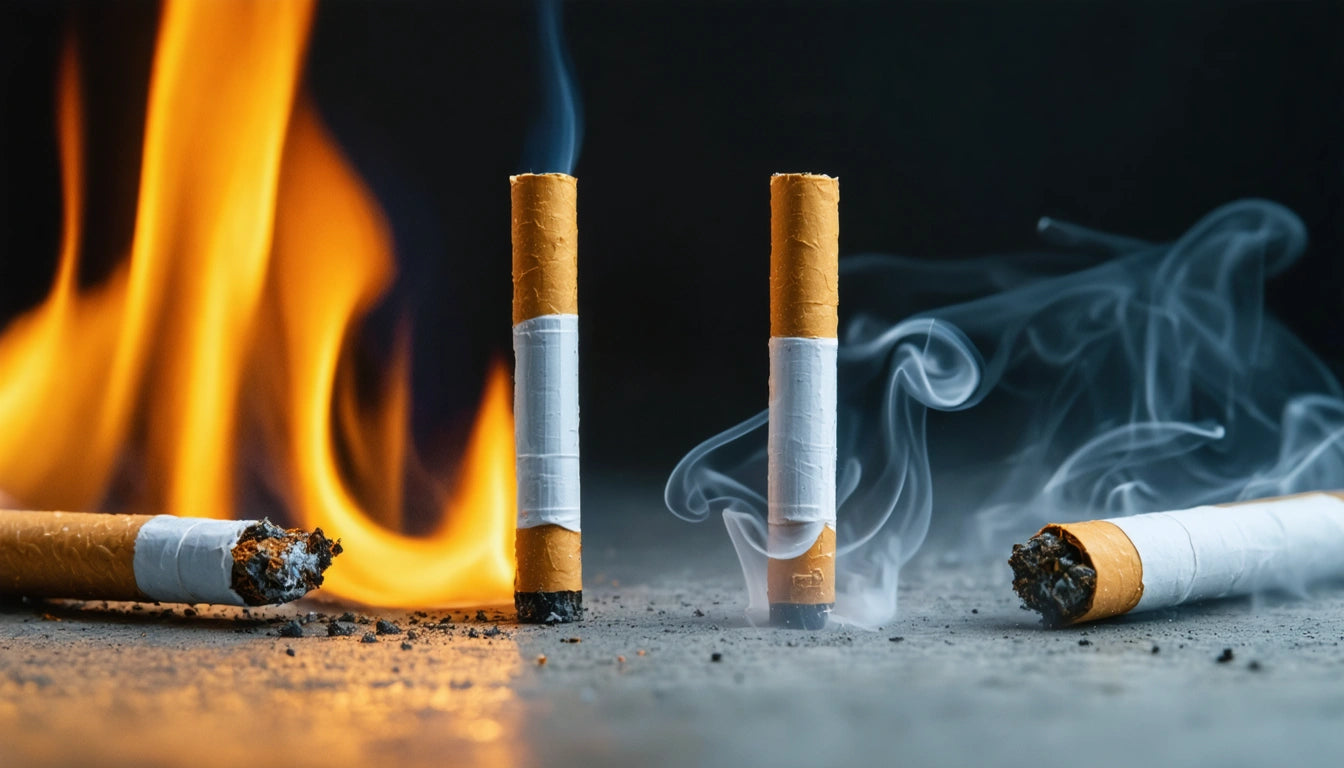Table of Contents
THC Tinctures vs. Edibles: A Comprehensive Comparison
When choosing between THC tinctures and edibles, consumers face two popular but distinctly different consumption methods. Each offers unique advantages in terms of onset time, duration, dosing precision, and overall experience. Understanding these differences helps consumers make informed decisions based on their specific needs and preferences.
Understanding THC Delivery Methods
THC tinctures are alcohol or oil-based extracts that deliver cannabinoids through sublingual absorption. When placed under the tongue, the active compounds enter the bloodstream directly through the mucous membranes. In contrast, edibles are food products infused with cannabis that must pass through the digestive system before entering the bloodstream.
According to this detailed comparison of cannabis consumption methods, the delivery mechanism significantly impacts how quickly effects are felt and how long they last.
Onset Time and Duration Differences
Tincture Onset and Duration
Tinctures typically begin working within 15-30 minutes when administered sublingually. Effects generally last 3-4 hours, providing a moderate duration experience. This relatively quick onset allows users to gauge effects and adjust dosing as needed.
Edible Onset and Duration
Edibles follow a different timeline, with effects beginning 30-90 minutes after consumption and sometimes taking up to two hours to fully manifest. However, the duration is significantly longer, often lasting 6-8 hours or more. This extended experience makes edibles popular for medical patients seeking long-lasting relief.
Dosing Precision and Control
Tinctures excel in dosing precision. Using a calibrated dropper, consumers can administer exact amounts and make minor adjustments as needed. This precision is particularly valuable for medical users or those sensitive to THC.
Edibles present more dosing challenges. Despite manufacturer standardization efforts, variations can occur within batches. Additionally, the delayed onset makes it difficult to adjust dosing in real-time, sometimes leading to overconsumption by impatient users.
This guide to THC tinctures highlights how droppers and measured dosing provide significant advantages for consistent experiences.
Absorption and Bioavailability
Bioavailability refers to the proportion of THC that actively affects the body. Tinctures typically offer higher bioavailability (20-35%) compared to edibles (10-20%) because sublingual absorption bypasses first-pass metabolism in the liver.
When THC is processed through the digestive system, it converts to 11-hydroxy-THC, which is more potent and produces stronger psychoactive effects. This metabolic difference explains why edible experiences often feel more intense and whole-body focused compared to tinctures.
Discretion and Convenience Factors
Both consumption methods offer discretion, but in different ways. Tinctures come in small bottles that can be easily transported and used without drawing attention. The child-resistant caps used on tincture bottles ensure safety while maintaining portability, making them ideal for on-the-go dosing.
Edibles offer the ultimate in discretion, appearing identical to regular food items. This makes them particularly suitable for public consumption without drawing attention. However, they require no preparation or additional accessories, unlike tinctures which need measurement and administration time.
Storage and Shelf Life
Proper storage impacts potency and longevity for both products. Tinctures generally offer superior shelf life, with alcohol-based versions lasting up to 3-5 years when stored properly. This article on tincture shelf life explains how proper storage in cool, dark places preserves potency.
Edibles have more limited shelf lives, typically ranging from a few days to several months depending on the food base. Baked goods and chocolates last longer than gummies or fresh items, but all require consideration of food safety beyond just THC degradation.
Making the Right Choice for Your Needs
When deciding between THC tinctures and edibles, consider these key factors:
- Timing needs: Choose tinctures for faster onset and shorter duration, edibles for delayed but longer-lasting effects
- Dosing precision: Tinctures offer greater control for those needing exact amounts
- Experience intensity: Edibles typically provide stronger effects due to metabolic conversion
- Convenience priorities: Edibles require no preparation, while tinctures need measuring
- Discretion requirements: Both are discreet, but edibles may be less conspicuous in public
Many consumers find value in keeping both options available, using tinctures for quick relief or precise dosing and edibles for planned, longer-duration experiences. Understanding THC content across different consumption methods helps create a more personalized approach to cannabis use.
As the cannabis market continues to evolve, hybrid products combining the benefits of both delivery methods may emerge, offering consumers even more tailored options for their specific needs and preferences.











Leave a comment
All comments are moderated before being published.
This site is protected by hCaptcha and the hCaptcha Privacy Policy and Terms of Service apply.